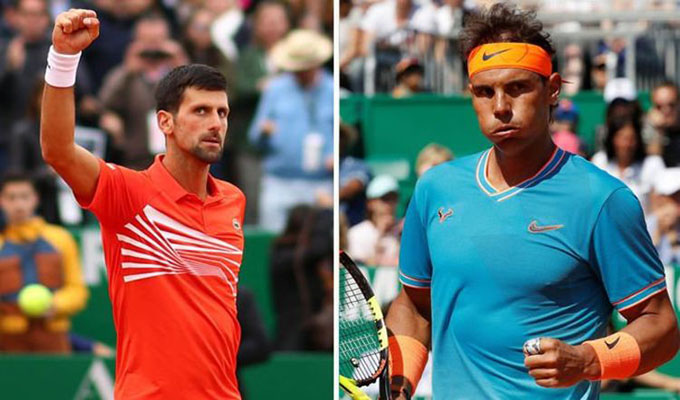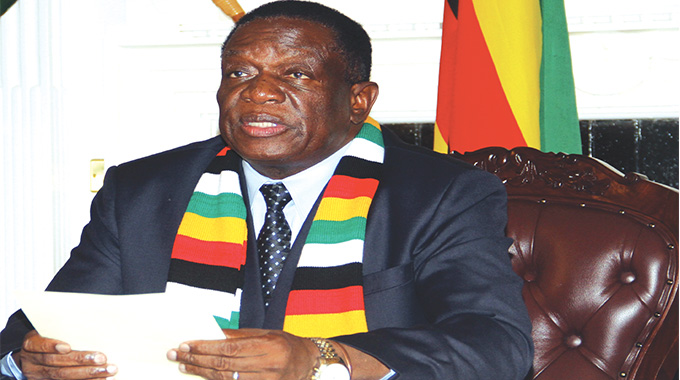Zim Cricket: Missing a World Cup and securing the future

“IF Zimbabwe had qualified for the World Cup last March, perhaps the fundamental changes within the board and the team management would never have been made, and the can of worms would just have been kicked down the road to burst open just when the team least wanted it”
This time last year, Zimbabwe were only about a week away from grabbing one of the two available places at the CWC2019. They had just beaten Ireland and atop a group of six teams, the slot all but theirs. A two-run win over Afghanistan and a tie with Scotland brought them to the final match that would take them over the line.
On March 22, 2018, shortly after 3PM, Zimbabwe were on track to chase down the UAE’s target and qualify for the World Cup. The Harare Sports Club had to shut its gates as it was so full.
But in the end it would be heartbreak for the home side as they lost a last ball thriller to the UAE, a team historically largely comprising expatriate cricketers from the subcontinent.
Afghanistan scripted a fairy tale entry in the coveted list of 10-teams to which the CWC2019 had been restricted by the ICC in its infinite wisdom. The hosts of the qualifying tournament, full ICC members Zimbabwe, had to be satisfied with being confined to the ranks of minnows. One year on, much water has flown under the bridge and as the top 10 teams in the world get ready to do battle in England, back at the Harare Sports Club, Zimbabwe enjoyed sweet revenge.
Quietly, while the eyes of the media are on the IPL and the announcements of squads for the ICC World Cup 2019, Zimbabwe decimated the UAE 4-0 in the bilateral ODI series that concluded this week. There have been a few heroes of this (some would say) modest series victory over UAE, who were playing their first ODI bilateral series after attaining full ODI status within the ICC.
Left-handed batting all-rounder Sean Williams led the way with an unbeaten scintillating 75-ball century, the fastest in international cricket by a Zimbabwean. Craig Ervine and Regis Chakabva made three half-centuries between them while Kyle Jarvis picked up 10-wickets in the four games.
The fact that Zimbabwe were missing two of their most senior players for the series Brendon Taylor and Hamilton Masakadza, made the victory all the more pleasing. A reflection of Zimbabwe’s bench strength is that Taylor’s replacement, wicket-keeper batsman Chakabva, emerged man of the series.
But this is only a part of the story that has unfolded over the past year in Zimbabwe cricket.
Two months after the debacle in Harare, Zimbabwe Cricket made wholesale changes to its team management, sacking Heath Streak along with his entire support staff. It reached out to Lalchand Rajput, a former Indian opening batsman who had managed the 2007 World T20 winning Indian team and was also responsible to a great extent for Afghanistan’s meteoric rise in international cricket. Rajput came in on a three-month initial contract so both parties could gauge how things would pan out, and at the end of the period was appointed as permanent head coach.
It would not be an easy three months for the Indian. Rajput oversaw Zimbabwe play a T20 triangular series involving Australia and Pakistan followed by a five-match ODI series against the latter. The team lost all nine matches across those series with a severely depleted squad. Five top players, Brendan Taylor, Graeme Cremer, Sikandar Raza, Craig Ervine and Sean Williams, opted to sit out because of non-payment of salaries.
In July the ICC allowed a special disbursement to cover outstanding salaries a month before Rajput’s confirmation to a permanent role, and the five players returned to work.
The results of all these factors coming together were immediately apparent for all to see.
On November 6, six months after Rajput arrived in Zimbabwe, the team had its first taste of real success. For the first time in five years, Zimbabwe won a Test match, against Bangladesh at Sylhet. What is more, it was Zimbabwe’s first away victory in a Test match for over 20-years. It was a significant moment in the revival of Zimbabwe cricket.
Lalchand Rajput is no stranger to difficult situations. Dealing with a war-ravaged Afghanistan, he had moulded them into a competitive side that could take on the world with impunity and confidence. He had introduced and built up the confidence of talents like Rashid Khan. It made eminent sense that if there was one man who could deliver on what Zimbabwe needed; that is mould a young team into a strong side able to compete with the best in the world.
“I took up the Zimbabwe assignment when they were really down. They had just missed qualification for the World Cup, and the senior players had boycotted and missed the series against Pakistan as well as the triangular T20 series involving Pakistan and Australia. It was a tough task to get it all together and start as a fresh unit. Unsurprisingly, we didn’t do well in both the series as we missed seven to right players from the regular team,” Rajput recounts.
He had to change things around quickly given he had come on an initial three-month contract, with the future to be mutually decided.
“In October and November, we had two tough tours of South Africa and Bangladesh both away. I had two months before we could start the tour so I requested the board to have a two-month camp before we leave for these tours and they accepted it. In the camp, we had to really work hard on the fitness aspect as I found that to be a problem during the Pakistan series, and also worked on some technical and mental toughness issues.”
“To succeed in SA we needed to get used to the pace and bounce, so practice against the bowling machine was one option. I also told the curator to make green and bouncy pitches so we could get a feel of the alien conditions before we arrived there.”
The preparation, while useful, was too little too late, as the 0-3 scoreline in the South Africa ODI series demonstrated. Facing up to one of the toughest ODI sides in the world made it clear that much work needed to be done, with the major players badly short of match practice.
Next up was the away series in Bangladesh, a tough place for foreign teams in recent years. England and Australia had both struggled in 2017 and been lucky to escape with a 1-1 result in the Test series they had played there. Just before Zimbabwe landed in Dhaka, the hosts had completed a 2-0 sweep of the West Indies and were on a high.
“To succeed in Bangladesh I told the players that they had to work on three things, trust your defence, work on the sweep shot and step out and drive. These were the keys to playing spin on turning tracks. We worked on these aspects during the camp and the players really improved. The way we handled the spinners made me really happy. To win a Test match in Bangladesh is a huge thing as most top teams struggle to do well in their backyard. Even in the last Test match that we lost, we took the game to tea time on the 5th day. That was commendable considering that not many teams have lasted more than three and a half days at Mirpur,” said Rajput.
While a single Test win against Bangladesh and a 4-0 victory against minnows UAE may not by itself announce the return of Zimbabwe into the top tier of international cricket, it needs to be looked at in the context of where the team is coming from.
In the past 10 years, Zimbabwe had won only four Test matches. Three of them came against Bangladesh and one against Pakistan. One Test was drawn against West Indies, again at home. In that same period, Zimbabwe lost 19 Tests, making it the worst performing Test side of the last decade. In that context, an away win against Bangladesh on a spinning track was no mean feat.
In ODI, Zimbabwe’s performance has been significantly better, winning 50 matches over the last decade against 117 they lost in the same period. The current series against UAE is important in that it is the first ODI series where the team has had an opportunity to come together at full strength and fitness under a coach who provides stability and direction, with the proverbial sword of non-payment of dues finally off the necks of the players.
If Zimbabwe had qualified for the World Cup last March, perhaps the fundamental changes within the board and the team management would never have been made and the can of worms would just have been kicked down the road to burst open just when the team least wanted it. Instead, the team has had the opportunity to sort out its issues and come out united from the crisis that had befallen it. Missing the ICC World Cup 2019 may just have been a blessing in disguise that allows Zimbabwe to emerge a stronger side.
Four years later when the teams get together for the next edition of the World Cup, it may well be that Zimbabwe is a real contender and not just there to make up the numbers. If that happens, the promise that the 1983 World Cup team first offered by shocking Australia in its opening encounter, may finally be played out to its potential three decades later.
But for now, 2023 is too far away to be in Rajput’s sights, which are set on a goal that is much closer. He smiles at my speculation about the next ODI World Cup, and brings me firmly back to the present with the rejoinder: “The Zimbabwe Cricket management is giving me full support so that we can achieve their and my goal – that is to qualify for the 2020 T20 World Cup in Australia.”
The Zimbabwean Phoenix is rising from the ashes and cricket will be the richer for it. —CricketSoccer.com











Comments